A portable air conditioner offers an effective alternative to cooling a home without central air conditioning. But you might have noticed that the AC's exhaust hose heats up during the cooling process. We did research on this topic and this is what we discovered.
A portable air conditioner generates heat during the cooling process. This heat is then vented to the outside via an exhaust hose. So it's normal for the exhaust hose to get hot. However, if the hose gets too hot, this indicates that the AC is not working optimally.
Read on as we discuss in-depth why the portable AC's exhaust hose gets hot and how you can address this. We will also discuss ways to make your portable AC work better and when installing a portable air conditioner is ideal.
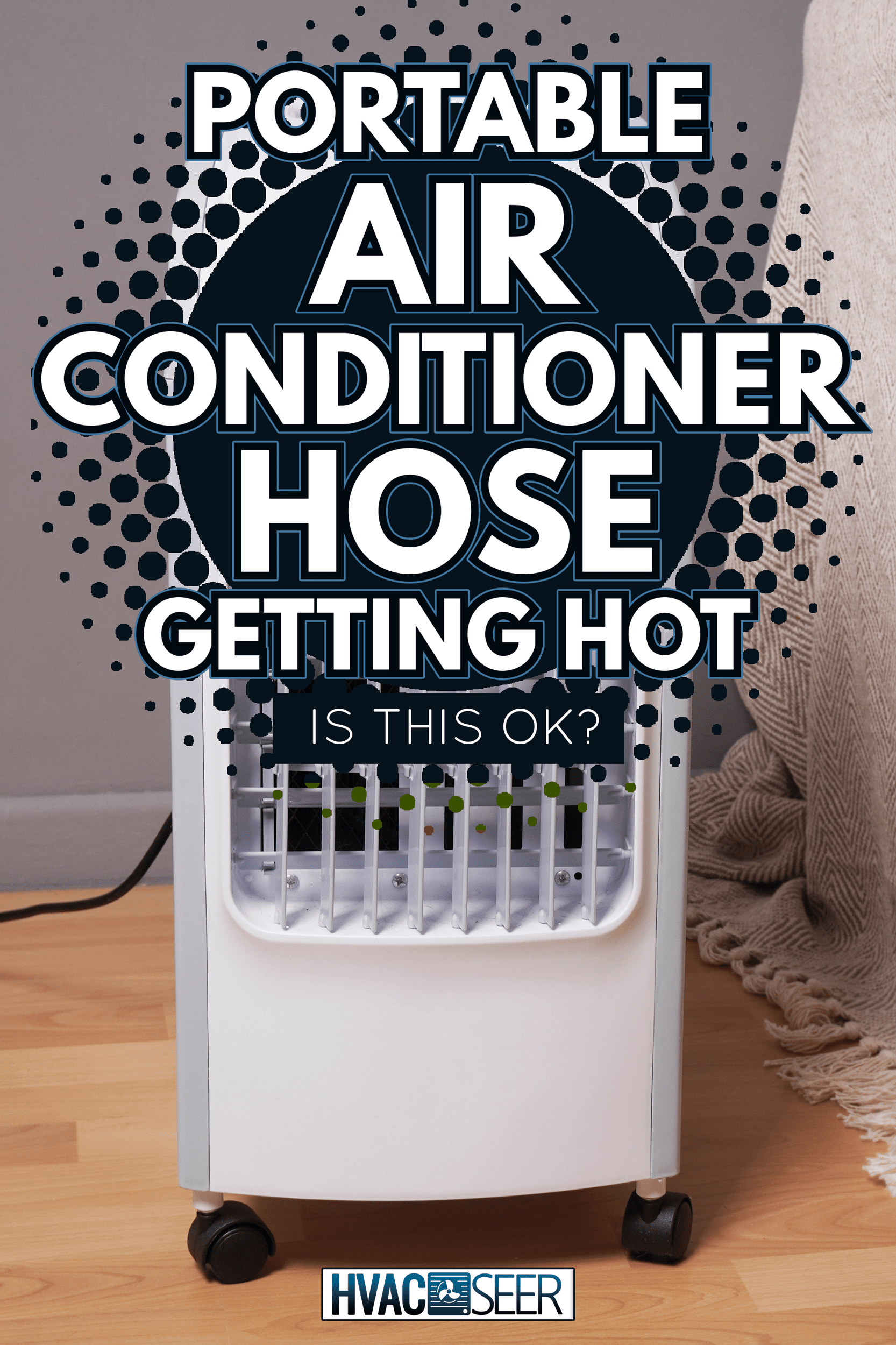
Portable air conditioner exhaust hose getting hot
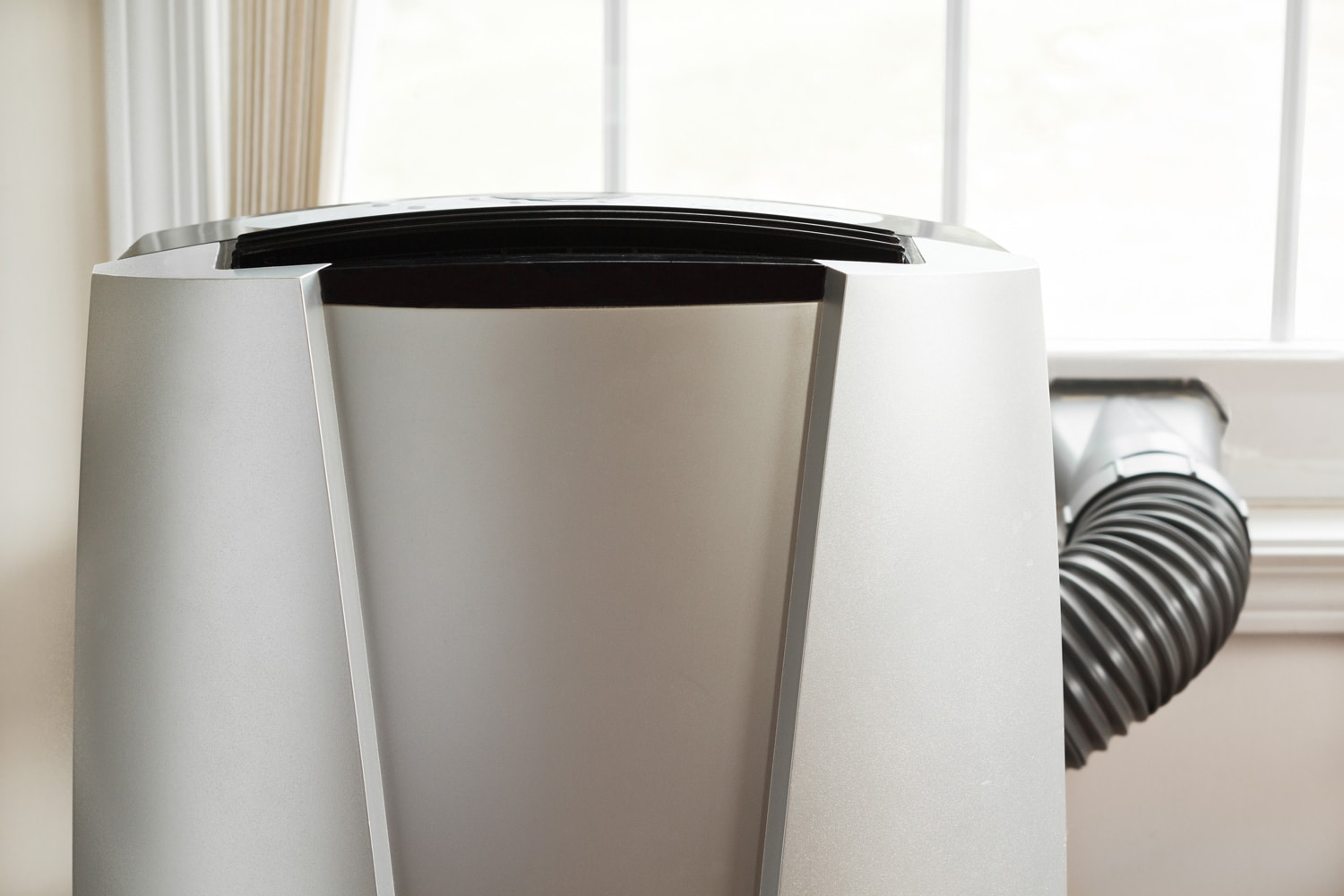
While cooling your home, a portable air conditioner generates heat. The hot, moist air is ejected outdoors through an exhaust hose, causing the hose to become hot.
Although it's expected that the hose will get hot during the cooling process, you should be alarmed if it becomes too hot.
Why the exhaust hose becomes abnormally hot
Your portable air conditioner may not be working efficiently if the exhaust hose becomes unusually hot. Below are some reasons why the AC's exhaust hose can get very heated.
Damaged Exhaust hose
The exhaust hose should be as straight as possible to function optimally. A damaged exhaust hose may have twists or turns that slow the elimination of the hot air generated during the cooling process. The exhaust hose becomes too hot if the portable AC cannot eject the hot air as soon as it generates it.
Improper ventilation
Proper ventilation ensures that all the heat produced by the unit escapes from it. Although a portable air conditioner is often vented through the window, there are other ways ventilation can be achieved in a room without windows.
Each unit comes with a recommended venting kit. When the kit is installed correctly, it will direct all the heat from the AC without straining the system. Conversely, improper installation will strain the AC system, causing the exhaust hose to become very hot.
The venting kit considers the length of the hose, vent diameter, and proximity to the power output. Any modifications to the exhaust hose, such as adjusting its length or diameter, can cause the AC to heat up or damage other AC components.
Incorrect size of the AC unit
The size of your portable air conditioner influences its performance and the cooling patterns in your home. Please note that size refers to the AC's cooling capacity rather than its physical dimensions in this case. This cooling capacity is measured in BTU.
If you purchase a portable AC with low BTU ratings, the unit will overheat since it will need to overwork to handle the room's heat load. In contrast, an AC unit with a higher than required BTU rating will have many on-and-off cycles, overworking the compressor. In both instances, the exhaust hose will overheat.
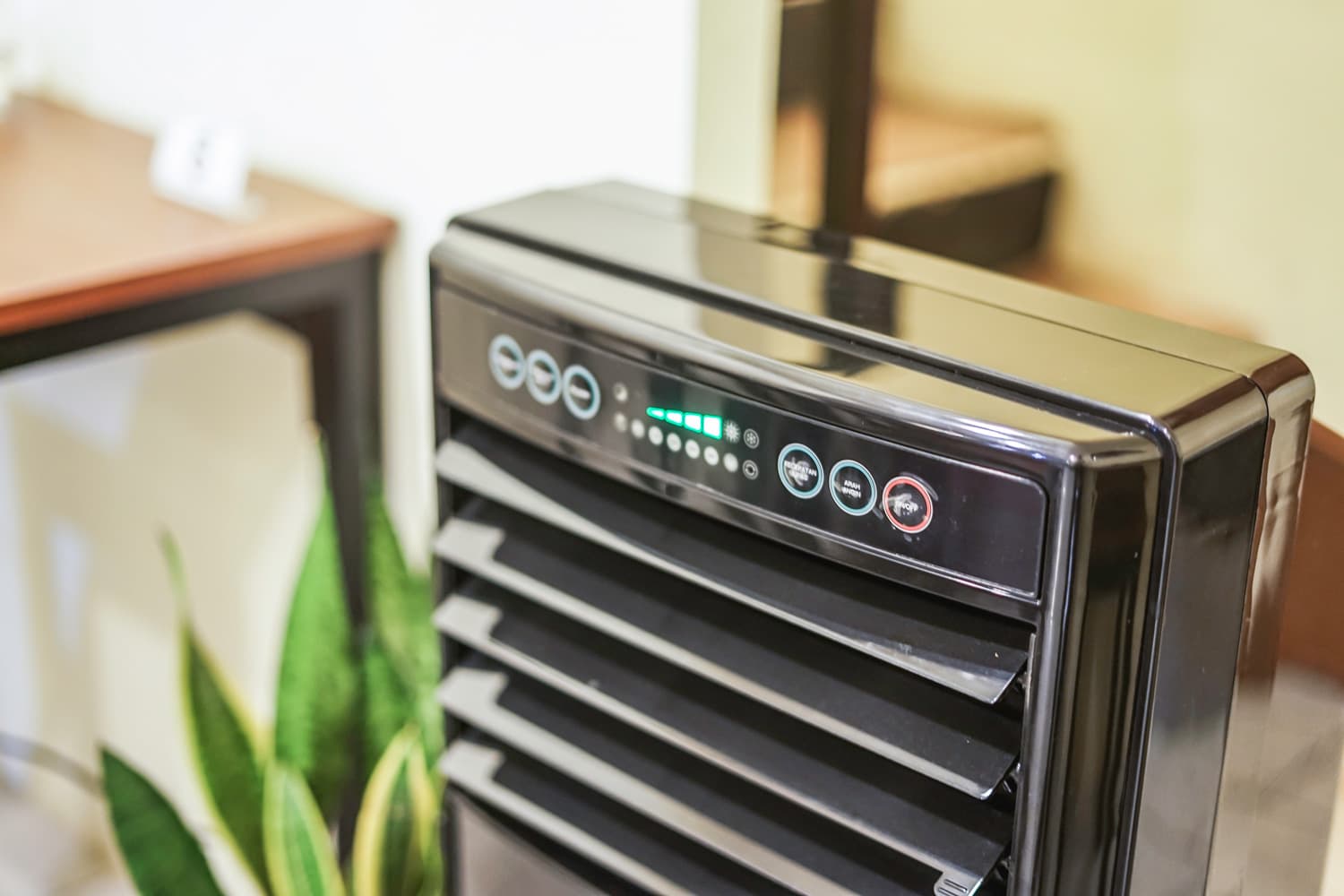
Frost build-up
Your portable unit also serves to dehumidify the air in the home. If this moisture freezes on the coils, it can cause blockage, altering the AC's performance. Consequently, the exhaust vent may heat up abnormally.
Frost build-up can also increase energy consumption during air conditioning, resulting in higher energy bills. Additionally, the refrigerant may leak out, and you may experience frequent shutdowns. At worst, the AC may fail completely.
Dirty AC unit
Dirt can gather when you fail to clean your portable AC regularly, clogging components such as air filters, condenser coils, and motors. As a result, the unit becomes ineffective, resulting in the exhaust hose becoming hot. The AC will also make excessive noise and eventually fails to cool the air.
Resolving excessive heat from the portable AC's hose
Addressing the factors that cause your unit's exhaust hose to become too hot will eliminate the excessive heat.
Repair or replace the exhaust hose
Inspect your AC's exhaust hose to determine how damaged it is. If the exhaust hose cannot stay straight, it would be best if you replaced it. Make sure that you purchase a hose that matches the specifications of your AC.
You can also cover the exhaust hose with an insulated hose cover to minimize its exposure to radiant heat. This heat can contribute to an abnormally hot exhaust hose.
This insulated hose cover is suitable for hoses up to 6" in diameter and up to 60" in length. See it on Amazon.
Proper ventilation
Follow the manufacturer's guidelines for setting up your AC and venting kit. Choosing a suitable location for the AC will address any concerns that may prompt you to modify the venting kit by adjusting its length or diameter. As previously mentioned, adjustments reduce the efficiency of your unit.
Check out this article to learn more: "How Long Is The Exhaust Hose On A Portable Air Conditioner?"
Choose a suitable AC size
Calculate the square footage of your room before buying a portable air conditioner. Remember that a higher BTU rating unit does not always imply better air conditioning. If you are unsure what ratings you should opt for, we hope that this chart will help guide you.
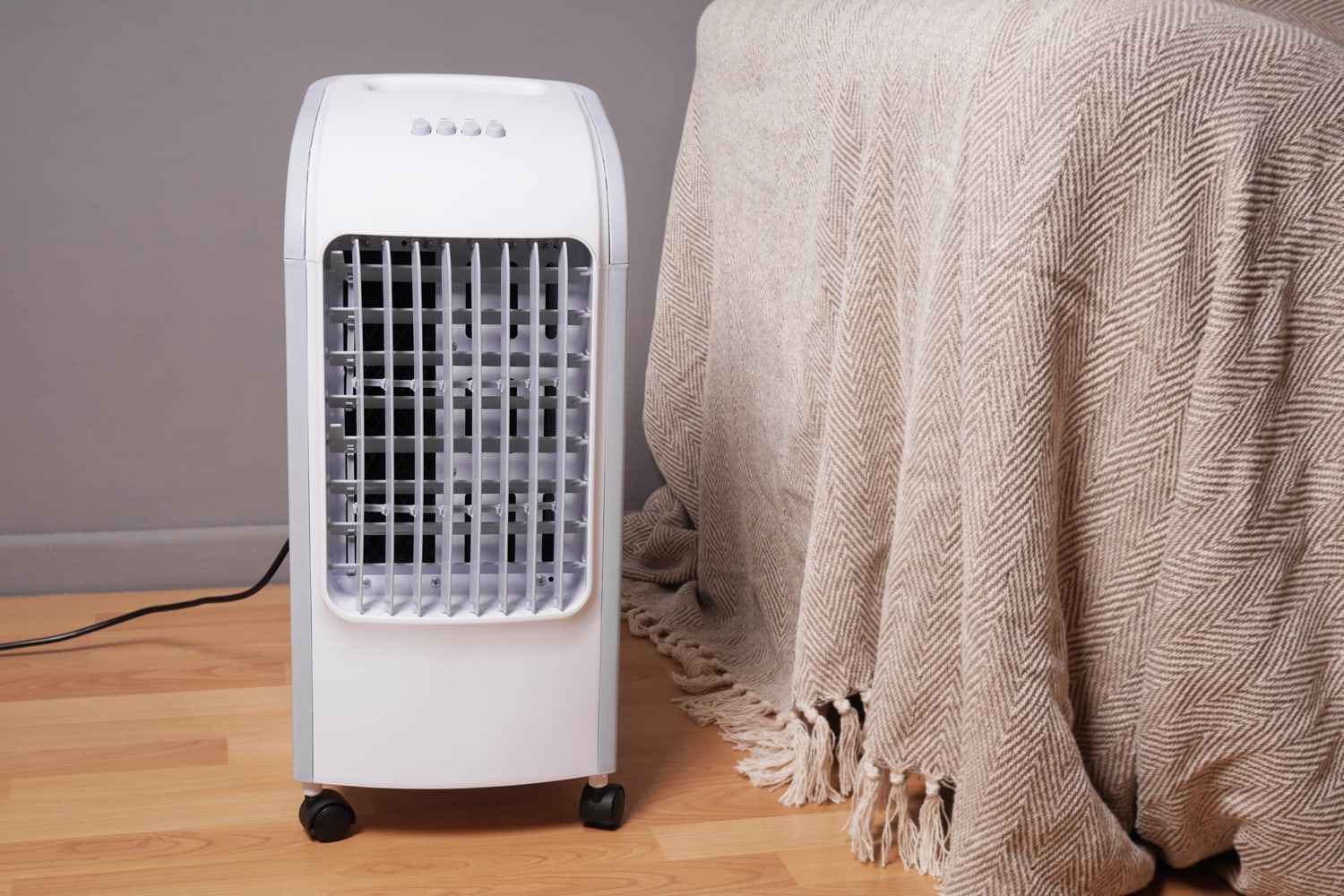
Note that although a portable air conditioner offers the flexibility of moving the unit where it is needed most, this will be dependent on the size of the room. A significant variation in the room size will cause the unit to be inefficient.
Clean the air conditioner
Regularly cleaning the air conditioner will keep it in good working condition. Pay particular attention to the filters and coils when cleaning.
Because evaporator and condenser coils rely heavily on a steady airflow, removing the build-up on filters and coils will keep them from working optimally. Adequate airflow also prevents frost build-up.
Check out our previous article to find out "How To Clean A Portable Air Conditioner [Including Coils And Water Tank]."
How to make your portable AC work better
Understanding how your portable air conditioner works will allow you to maximize its use. These tips will help you enhance the unit's efficiency, improve its cooling capacity, and extend its longevity.
Strategic positioning
When choosing a suitable location for your portable unit, consider the amount of direct sunlight in the room, relative humidity levels, and distance from the wall.
Sunlight
Since these units are often vented via a window, pick a window that receives the least direct sunlight. Installing your unit in a location that receives a lot of afternoon sunlight will cause it to overwork, increasing its wear and tear.
If you live in the Nothern hemisphere, opt for north-facing windows. Alternatively, choose south-facing windows if you live in the Southern hemisphere. You can also manage daylight by installing blinds and other interior sunshades.
Humidity
Install your AC in a room with low relative humidity levels. The unit will generate more condensation when relative humidity is high since it draws in the indoor air, thus requiring you to drain your unit regularly.
Read this article to find out: "How Often Should You Drain A Portable Air Conditioner?"
If you live in a highly humid area, you can run both the AC and dehumidifier at the same time.
Simultaneously operating the dehumidifier and AC will help create a more comfortable environment in your home. The dehumidifier will primarily be responsible for extracting moisture from the air. On the other hand, the AC will circulate cool air around your home.
Distance from the wall
Make sure that you leave adequate space between the unit and the wall to enhance air circulation. Your unit will become inefficient if it cannot draw enough air resulting in reduced output. Therefore, it will need to work harder to maintain the desired room temperatures.
In addition to creating enough room between the AC and the wall, keeping the area around the AC free from objects that would hinder airflow is advisable.
Store the AC properly
Store the unit properly at the end of the hot season to ensure that it will be ready for use when the next hot season begins. In preparation for storage, drain the water reservoir, then set the AC to run on fan mode to ensure that the unit's interior dries completely.
Unplug the unit, clean the filters and store the AC in a dry location, away from extreme temperatures.
What are the best uses for a portable AC?
Portable air conditioners are ideal in these conditions:
- Your windows are not convenient for a window AC because they are too high up, don't open properly, or are too small. Portable units can work in almost any window if you use a suitable hardware kit.
- You live in an apartment or community that is very restrictive on what you can do to the exterior of your home. Portable ACs provide a viable workaround to air conditioning.
- You require spot cooling in parts of your home. Portable ACs can supplement central air conditioning when there are hot spots in the home.
- You are keen on using your windows. A portable AC allows you to open the window and let in the fresh air. Additionally, it does not block sunlight or obstruct views.
Wrapping Up
You do not need to be alarmed if the exhaust hose of your portable air conditioner heats up. However, if the hose becomes abnormally hot, check the condition of your unit since this implies that the unit is not working optimally.
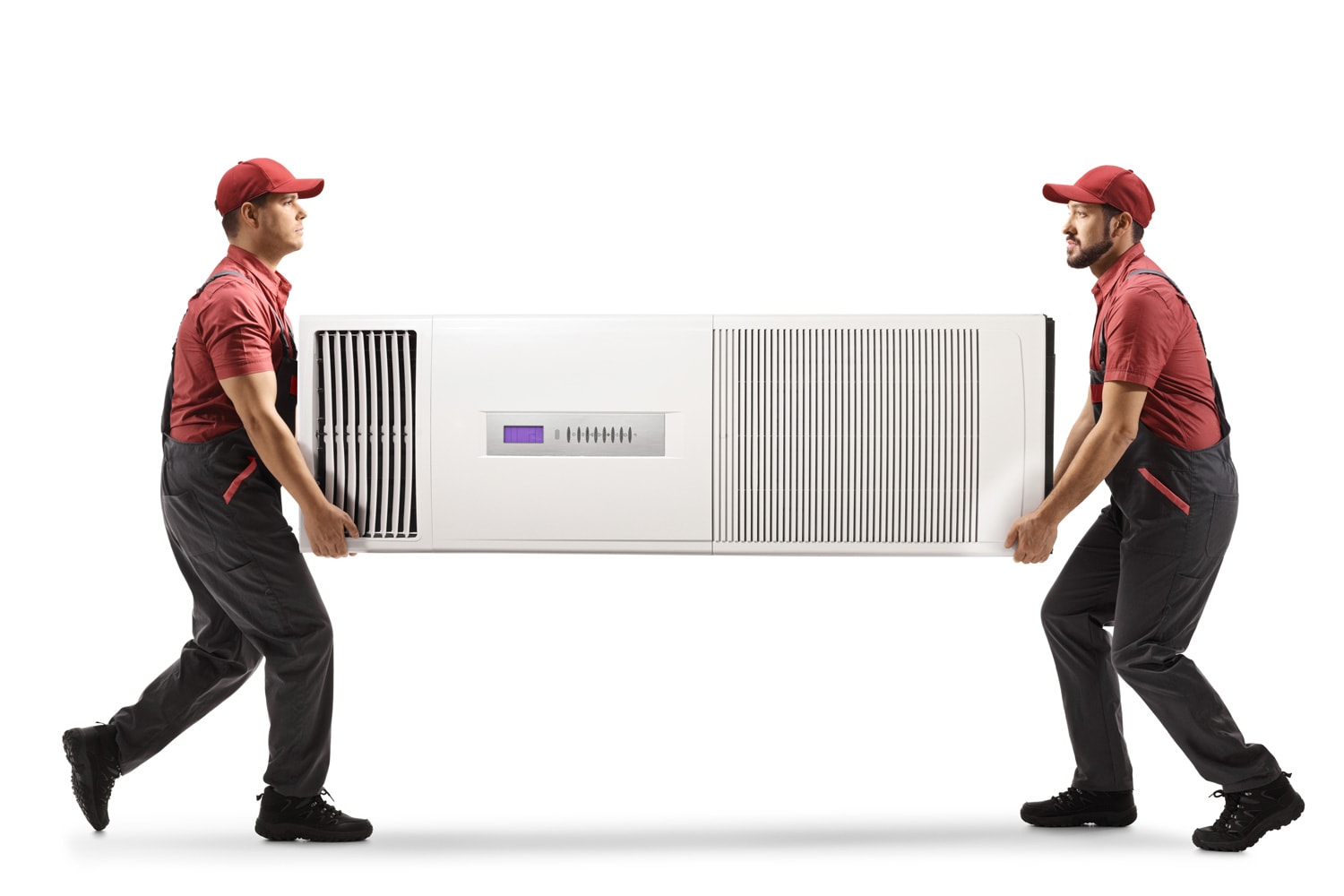
We hope that the information provided here will guide you on how to address excessive heat on your exhaust hose. If the issue persists, get technical support from your AC's manufacturer.

